British ships kidnapping American sailors sparked the War of 1812, and America was once more fighting foreign troops on its shores.
Many felt the pain on a very personal level. Dr. William Beanes was one of these individuals.
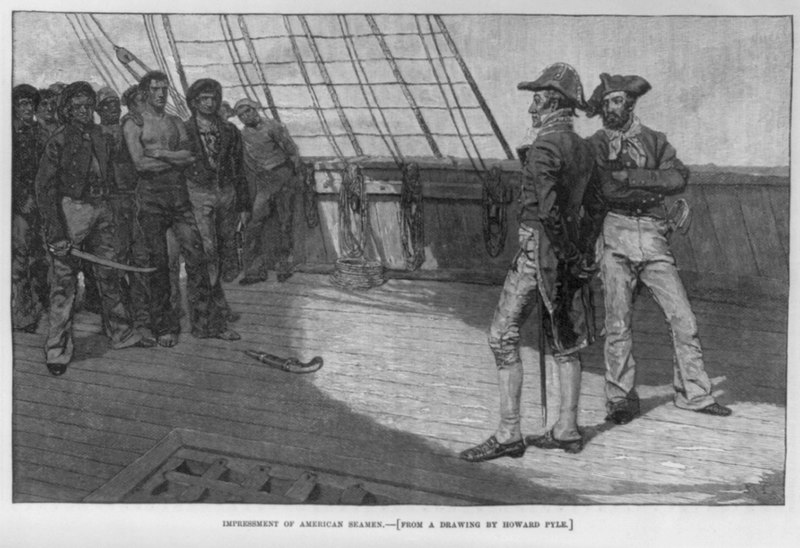
The Arrest of Dr. Beanes
After British soldiers ransacked several local farms, allegedly in pursuit of food, Beanes helped arrest some Redcoats. The men were thrown into the Prince George’s County Jail, but somehow, one escaped.
Stranger still was the fact that this prisoner could make his way back to a British ship, where he told General Ross and Admiral Cockburn what had happened.
Ross and Cockburn were furious and decided to reciprocate by ordering the arrest of Dr. Beanes and the two colleagues who helped him.
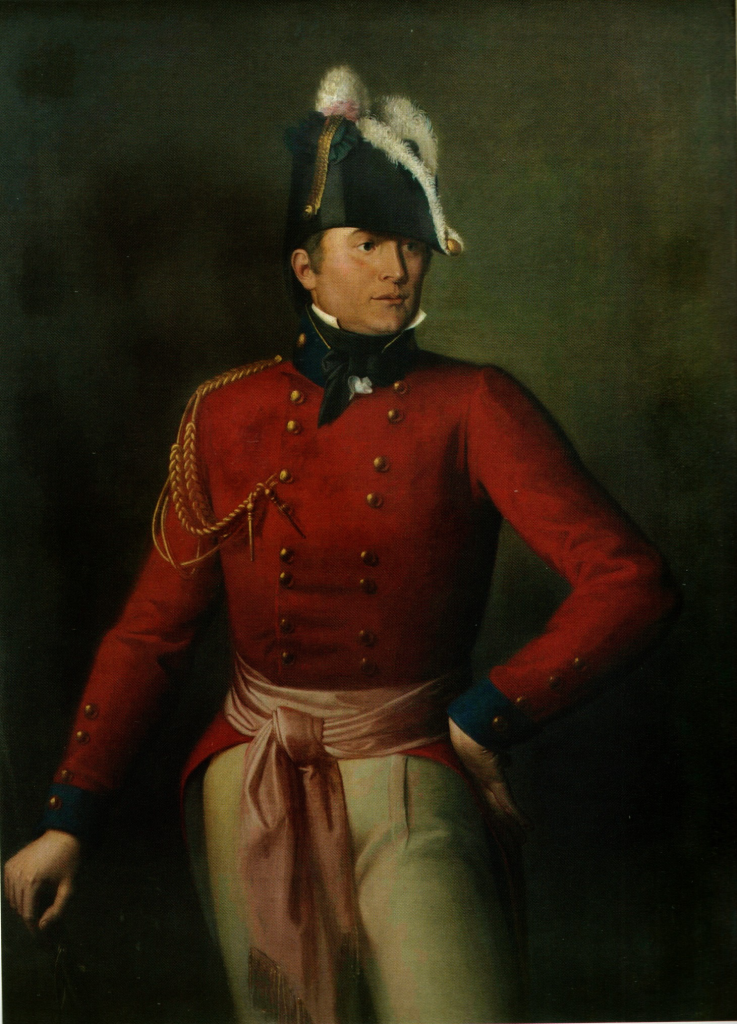
The elderly Beanes was quickly found, put in chains, and taken aboard a British ship, where he risked execution as a spy for previously and inexplicably letting the British use his home as a base of operations.
Francis Scott Key
Friend and lawyer Francis Scott Key heard what had happened and, with President James Madison’s permission, had been granted leave to do what he could to negotiate for the release of such a prominent American.
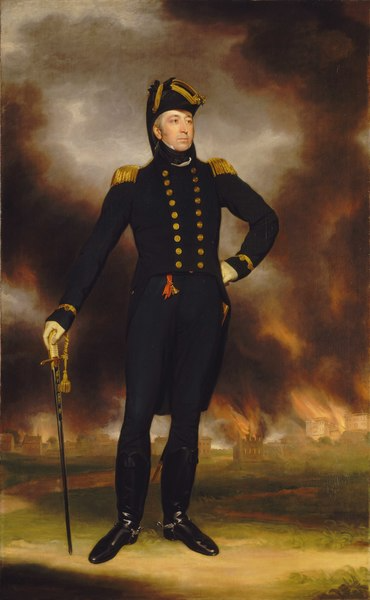
Dr. Beanes had previously served as a doctor in Philadelphia during the War of Independence, treated soldiers at Valley Forge, and helped found the Medical Chirurgical Faculty of Maryland.
Taking several letters with him from British prisoners detailing how humanely the Americans had treated them, Key, and John Skinner set out to work a deal. Impressed by the letters, General Ross and Admiral Cockburn agreed to the release of Dr. Beanes.
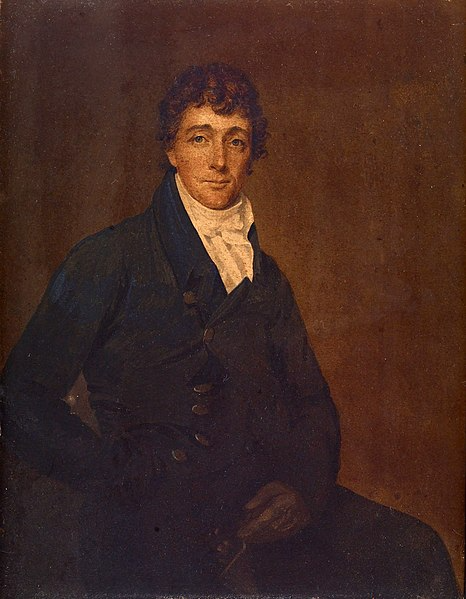
The only condition?
Everyone had to wait until after Fort McHenry’s scheduled bombardment. And so, Key spent the next 25 hours watching as his homeland was blasted with enemy shells.
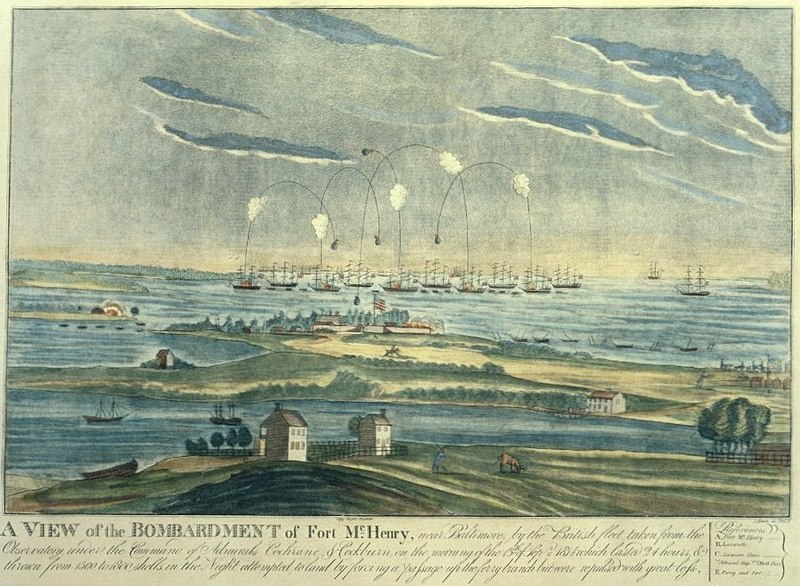
Ft. McHenry Bombardment
By daylight, Key could still see the American flag flying over Fort McHenry.
How his brothers-in-arms had been able to survive the night seemed a mystery. Why the British had given up after only a day was also a question.
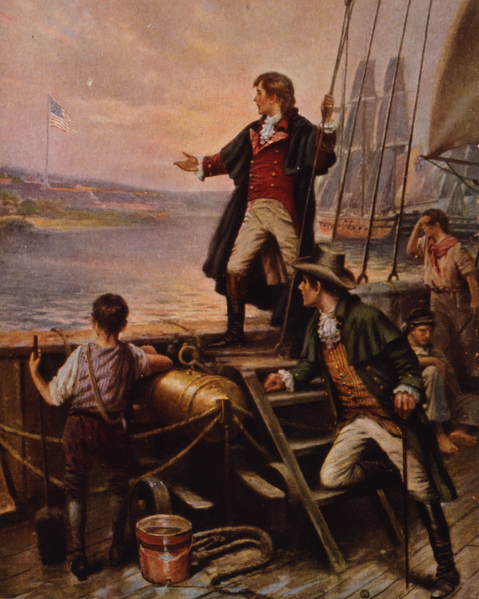
The event so moved Key that he put pen to paper, writing a poem called “The Defence of Fort M’Henry.”
Once back on shore, the poem was quickly published anonymously in The Baltimore Patriot, an underground newspaper. It was quickly set to music and sung throughout America.
Only nobody called the song “The Defence of Fort M’Henry…”They called it “The Star Spangled Banner.”

This is a new style of article for Pew Pew Tactical, if you liked it — let us know in the comments! If you didn’t enjoy it…well phooey. To catch up on previous Pictures from History, click on over to our History Category.

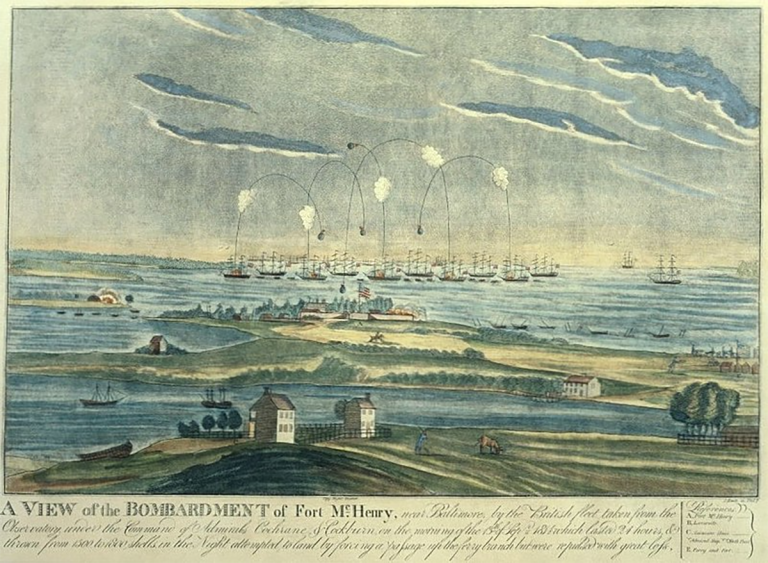






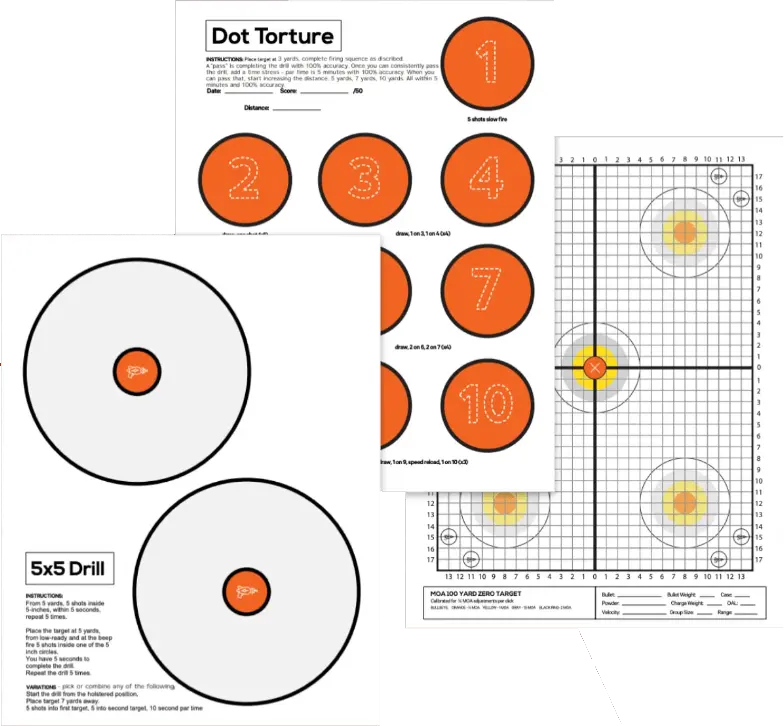
3 Leave a Reply
Whether this is true in its details or not, it's good to see an article on such an important event in our then-young nation's history. I count myself lucky to have seen the flag at the Smithsonian... it's quite a sight.
Hate to break it to you, but your story sounds very much like a particular and popular YouTube video, called the real story of the Star Spangled Banner. While very Patriotic and stirring, it's also full of quite a large number of complete nonsense. From the very beginning, the Narrator makes errors, that continue all the way through the video. The US were States not Colonies during the War of 1812, and by 1812, there were 18 States not 13 as the video states. Britain was not attempting to bring us back into the fold. The War was fought primarily over the Impressment of US Sailors into the Royal Navy, Trade Disagreements, and the US attempts to poach the Maritime Provinces of Canada from British rule.
There were No British POWs at Fort McHenry. Fort McHenry would not be used as a temporary Prison until 1861/62 during the Civil War. Key was not there to negotiate the release of anyone but Dr. Beane, the surviving correspondence, between Madison and Key, makes no mention of a prisoner exchange other than Dr. Beane. Ft. McHenry was garrisoned by 1,000 men under the command of Major George Armistead. After the Battle of Baltimore (which the Fort was a part of), there were four Dead at Ft. McHenry. Three Soldiers and one woman Civilian killed while carrying supplies to the Fort. There were 24 wounded during the bombardment. At one point a shell pierced the Forts Powder Magazine, but failed to go off, either due to the Rain, or it was a dud.There were No piles of bodies holding up the flagstaff. Even if there had been, Key could not have seen the bodies from the ship he was detained on.. The garrison remained under cover throughout the bombardment, which is one reason why there were relatively few casualties.
The Flag that flew throughout the bombardment, was the Fort's Storm Flag. The famous oversized Flag, seems by Mary Pickerell was only used in the mornings for reveille of the garrison. The storm flag flew over the Fort the majority of the time. The flag, Key witnessed, was the oversize Flag ran up the pole for reveille. The Storm Flag, was a tattered mess.
The Narrator goes on about Key hearing the prayers of prisoners on the "Flag" ship during the bombardment. There were No prisoners aboard the "Truce" Ship, and even if there had been, Key would have been unable to hear their prayers over the din of cannon, bomb ships and Congreve rocket fire. The Royal Navy did not keep prisoners on Ships of the Line. They had specific Prison Ships, but none were present during the engagement. Not according to the Royal Navy's muster of engaging vessels in the battle.
The video is stirring and Patriotic, but it's full of untrue statements that aren't backed up by any historical sources.
The truth does not diminish the bravery of Baltimore's defenders at the Fort or the harbor. They stood firm against a numerically superior force, and successfully repelled the British attempt to seize Baltimore (the port was strategically much more important than the Capitiol the British nearly razed).
One of my distant ancestors was present at the Battle. Vice Admiral Alexander Cochrane, a distant Uncle, was one of the commanders in the Royal Navy at the Battle of Baltimore.
My family immigrated to the US in 1841.
There are some things I this that are misding details ...So a few details .
1. Key was sent to negotiate a release of all American POW's being held on the British ships in exchange for British POW's being held at Ft McHenry. Beanes was of concern too, and his capture just happen to coincide with a prisoner swap idea that was already in the works but that motivated them to go ahead with it.
2. The hitch in the exchange was the American flag flying over the ramparts of ft McHenry. The British hated it, and demanded it be taken down or the British commander would follow his orders that if a deal could not be reached to take the flag down he was to kill everyone in the fort. Key told them it was not coming down.
3. Ft McHenry really wasn't at the time a fort for military engagement. It had a military contingent to guard the POW's and some more but not much else militarily. It was mainly used as a refuge for Americans fleeing the British so it was full of men, women, and children. Key informed the British commander of this, and that POW British troops were also inside, he did this on the deck of the British commander ship then was sent below deck where the prisoners were held. The flag was still standing a d the British commander began to carry out his orders and started the bombardment. Key watched the bombardment through a port hole and kept reporting what was going on to the prisoners who kept asking about the flag.
4. through the night, when the smoke lifted enough the flag could still be seen standing even though it had taken several confirmed direct hits. This infuriated and perplexed the British commander and the bombardment continued.
5. In the morning the reason for the flag still standing was discovered. Although by this time the flag pole was leaning over some and the flag was in spreads it still waved in the breeze. And at the base of the pole was a pile of bodies. During the bombardment each time the flag was hit, the patriots inside the fort ran to hold it up and died there doing that.